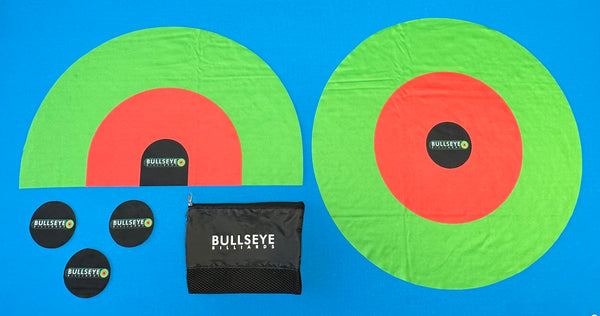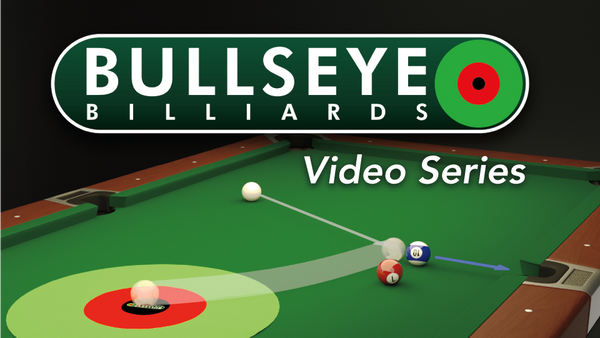This is the second article of a 4-part series on pattern play. In the previous article, we discussed how to Keep it Simple.
Looking ahead is essential to playing top-notch pool. Players that don’t think about their future shots are going to be crushed by an opponent who understands and practices the concepts of pattern play. The goal of pattern play is to use rules of thumb and intuitive judgements to create a plan that gives the highest chance of running out the table and thus, winning the game.
The concepts presented in this series are for offensive play only: how to decide which shot to shoot and how to shape future shots. To fully maximize your chances of winning, you should always consider defensive shots in your plan as well.
Rules of Thumb - Increase Margins of Error
Every shot you take has some degree of inaccuracy, which can vary greatly depending on your skill level. Having a wide margin of error will account for inconsistencies in your positioning.
-
Position for Multiple Shots
If your shot does not go according to plan, you want to make sure you have alternative options to keep your run going. When things go wrong, it's very nice to have a backup plan! -
Use Slower Stroke Speeds
Billiards is a game of finesse; it doesn't take much power to move the cue ball around the table. Using a slower stroke speed will increase your consistency. -
Use Shape Zones
Visualize an area on the table the cue ball needs to be to pocket a particular ball. This area is called the shape zone, and you want to make sure you:
-Position for large shape zones
-Avoid small shape zones
-Stay in the shape zone
-Play into the shape zone, do not cross it
-Recognize overlapping shape zones -
Recognize Dead Balls and Large Pockets
When two object balls are touching (frozen), the tangent line is easy to predict. If an object ball is lined up towards a pocket in this fashion, it can become WAY easier to pocket. If an object ball is near a pocket, but not blocking it, then the effective size of the pocket becomes larger. This happens because if you miss towards the object ball, then it might rebound into the pocket. -
Use a Rail
If you are positioning near a rail, try to make the cue ball hit the rail and come off. The cue ball will lose a fraction of its speed when it rebounds off of a cushion, increasing your margin of error for positioning.

Practicing Pattern Play - Drills
Find a particular drill that emphasizes the principles of pattern plan. You may want to ask someone at a higher skill level for advice on which drills would be best. Progressive drills are good for automatically adjusting to your skill level.




